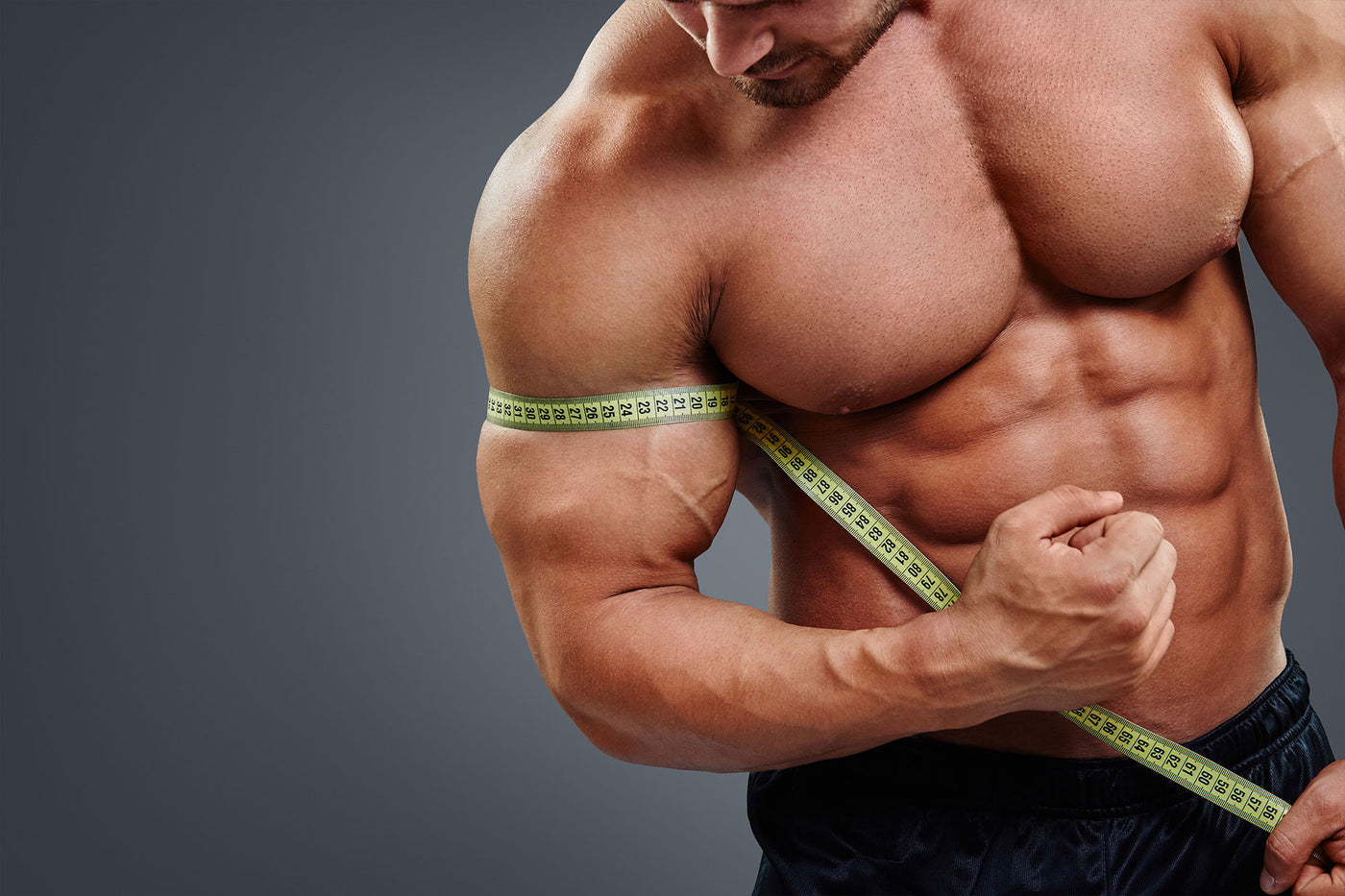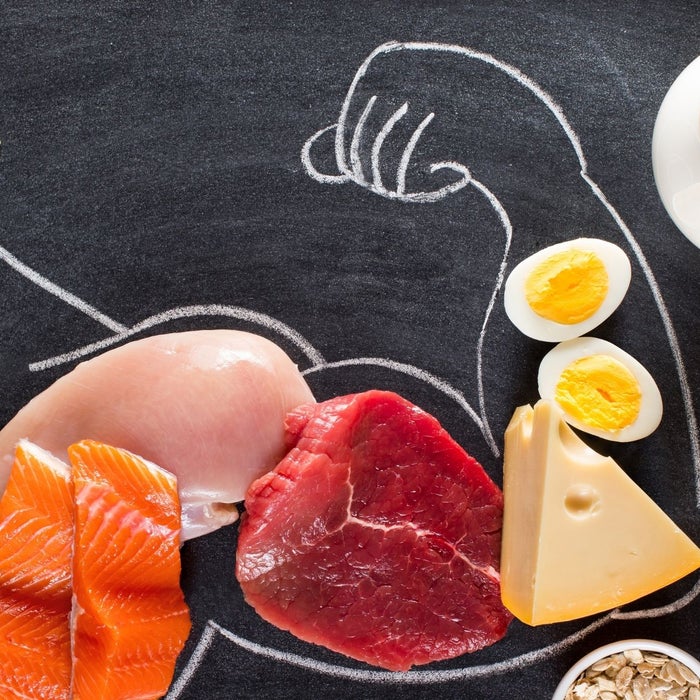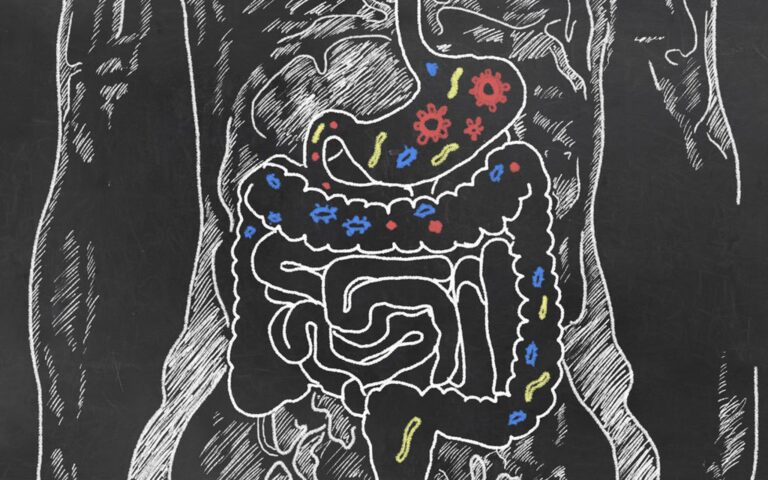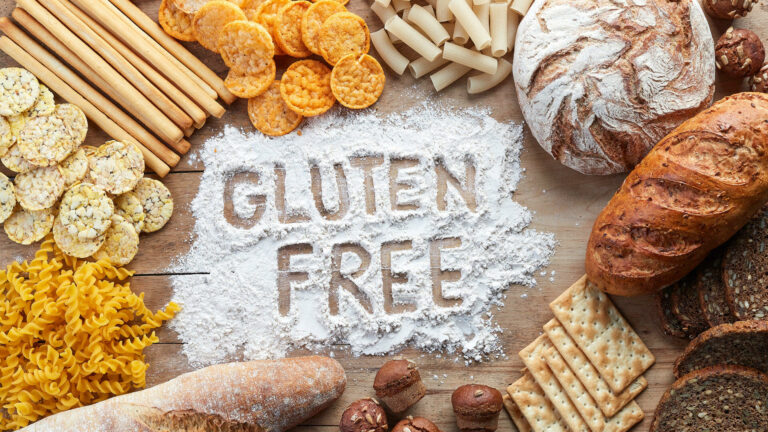THE ULTIMATE BULKING GUIDE: HOW TO GAIN LEAN MUSCLE AND WEIGHT WITHOUT ACCUMULATING FAT
When it comes to sculpting your ideal physique, the journey of bulking demands meticulous strategy and calculated execution. This comprehensive guide unveils the art of gaining lean muscle and weight without compromising your hard-earned definition. Discover the science-backed techniques, nutritional insights, and workout methodologies that pave the way to a successful and clean bulking experience.
Table of Contents
- Initiating Muscle Growth: The Art of Hypertrophy
- The Pitfalls of Accumulated Fat and Impeded Progress
- Determining Optimal Caloric Intake for Lean Bulking
- Strategic Caloric Surplus for Effective Bulking
- Stay Active
- A Holistic Approach to Ideal Body Fat Levels
- Seamless Transitioning Out of Bulking
- Optimizing Nutrition for Lean Bulking
- What to Do When You’re Not Gaining Weight
- Sculpting Your Ideal Physique: The Art of Lean Bulking
Initiating Muscle Growth: The Art of Hypertrophy
Lifting weights initiates micro-tears in muscle fibers, prompting the body’s repair mechanism to reinforce and enhance muscle capacity for future stressors. This scientific phenomenon, termed hypertrophy, fuels muscle growth.
Muscle growth is a response to heightened tension within the muscle. To perpetuate growth, the key lies in escalating tension. This entails a progressive increase in the weight you lift, continually amplifying the challenge.
The Pitfalls of Accumulated Fat and Impeded Progress
A prevalent misconception revolves around the notion that massive caloric intake is essential for muscle gain—an idea propagated by many “gurus” within the realm of bulking guides.
The truth is, regardless of the surplus calories consumed, muscle growth adheres to a finite pace. The excess calories, rather than expediting muscle growth, are stored as unwarranted body fat.
Unfortunately, this misguided approach holds serious consequences for long-term progress:
- Accumulated fat often spurs people to halt their bulks prematurely. Regrettably, this curtails potential muscle gains.
- Acquiring excessive fat complicates future cutting phases. A bulk marked by substantial fat gain necessitates more arduous and lengthy cutting periods.
- Excessive fat gain is detrimental to health and might even impede muscle growth. Additionally, it leads to a drop in insulin sensitivity, which hampers your fat-burning capacity and increases the likelihood of weight gain.
Determining Optimal Caloric Intake for Lean Bulking
Although building muscle effectively requires being in a calorie surplus, it’s not necessary to be in a significant surplus.
The extent of your calorie surplus should align with your muscle-building rate, and it might be smaller than you anticipate. For those just venturing into weightlifting or who have less than a year’s experience, muscle gain can occur more rapidly—a phenomenon known as “newbie gains.”
Visualize calories as fuel for your training, rather than solely as triggers for muscle growth. While this perspective isn’t entirely inaccurate (excess calories do facilitate muscle growth), it serves as a barrier against overindulgence during bulking.
Another beneficial mindset for achieving muscle gain with minimal fat is to prioritize extending the duration you spend in a calorie surplus, rather than solely focusing on the surplus’s magnitude. The rationale behind this approach lies in the gradual and demanding nature of muscle growth—allocating more time to the process leads to greater muscle development.
Having understood what to avoid when managing your bulking calories, it’s now pivotal to delve into the precise caloric intake necessary for a successful “lean bulk.”
Strategic Caloric Surplus for Effective Bulking
During the bulking phase, uphold a moderate 10 to 15% calorie surplus. Shift your focus to weekly weight gain, aiming for a controlled 0.5 to 1 pound per week to avoid unnecessary body fat accumulation.
Integrating calorie cycling into your routine is also advantageous. Allocate more energy on workout days and fewer on rest days. This not only aligns with energy requirements but also streamlines the consumption of an increased food volume, promoting sustainability.
Steer clear of massive cheat meals or days, which can cause rapid fat gain. My programs offer intelligent “cheating” tactics to maintain calorie control during bulking, mirroring your approach during cutting.
Stay Active
Strive for 10,000 daily steps to ensure activity, coupled with athletic conditioning work, rucking, and running. This dual benefit helps curtail fat gain while maintaining cardiovascular well-being, even creating leeway for additional calorie intake if executed correctly.
A Holistic Approach to Ideal Body Fat Levels
For males over 15% body fat and females over 25%, I recommend reduce to approximately 10% and 20% body fat respectively prior to commencing bulking. This approach:
- Upholds insulin sensitivity and hormonal equilibrium.
- Prolongs the duration of your calorie surplus before transitioning into fat loss phases.
- Spares you from arduous, lengthy cuts.
- Enhances your appearance during bulking, fostering enjoyment and improved muscle assessment.
Exceptions exist for the 130lb, “skinny-fat” individuals, as a drastic cut could lead to excessive weight loss and an undesirable loss of mass. For this group, adopting an extended lean bulking phase to gain quality tissue is recommended, followed by a targeted fat loss phase when necessary.
Seamless Transitioning Out of Bulking
Cease bulking at around 17% body fat (men) or 25 to 27% (women). Instead of opting for a slow cut, strive to shed fat safely and healthily, prioritizing protein intake and maintaining your weightlifting routine just as during lean bulking. This approach ensures a smooth transition back to long-term lean bulking, a vital strategy for us natural lifters aiming to gain muscle.
Optimizing Nutrition for Lean Bulking
Protein: While scientific studies assert that consuming 0.8 to 1 gram of protein per pound of body weight per day optimizes muscle growth, there’s no harm in exceeding this amount. In fact, embracing a very-high protein diet (1.5 to 2 grams per pound) during bulking might aid in curbing fat gain, due to protein’s high thermic effect. Beyond muscle development, it’s vital to recognize that protein contributes to the well-being of your skin, nails, hair, bones, and other bodily functions. My personal preference hovers around 1.25-1.3g/lb of body weight.
Fat: Allocate approximately 20 to 30% of your caloric intake to dietary fat. This range not only promotes overall hormonal health, but also enhances the flavor profile of your meals, while still leaving ample room for protein and carbohydrates.
Carbs: The remaining portion of your calorie distribution (~40 to 60%) should stem from carbohydrates. Opting for a high-carb regimen during your lean bulking journey ensures that your glycogen stores remain replenished. This reservoir of energy translates into improved gym performance and even influences genes linked to muscle growth.
What to Do When You’re Not Gaining Weight
If your bulking efforts aren’t resulting in weight gain, the remedy is straightforward: eat more.
To start, increment your daily calorie intake by roughly 100-200 calories per day for two weeks and gauge your body’s response. If the scale doesn’t budge, add another ~100-200 calories and repeat until progress emerges.
Prioritize sourcing these extra calories from carbohydrates, as they yield a more favorable impact on your training compared to protein or fat.
By methodically elevating your calorie consumption in this manner, you’ll identify your body’s optimal threshold for muscle growth while keeping fat gain in check.
However, it’s worth noting that some individuals, myself included, may require significantly hefty food intake to steadily gain weight. I’m talking about 160-pound individuals needing to ingest 4,000+ calories daily just to achieve a modest 0.5-pound weekly increase.
Certain individuals might struggle to meet these calorie targets through carb escalation alone.
In such instances, my recommendation is to cap carbohydrate intake at approximately 3-3.5 grams per pound. If additional calories are necessary, consider augmenting fat intake instead.
Sculpting Your Ideal Physique: The Art of Lean Bulking
As you strive towards a remarkable physique, the bedrock of lean bulking principles comes into play. Through the harmonious fusion of meticulous planning, strategic nutrition, and purposeful training, you chisel a body that exudes strength, definition, and robustness. This voyage is a blend of artistry and science, a symphony of precision and exertion. Equipped with this comprehensive guide, you set forth on a transformative path toward your envisioned physique—a testament to your unwavering commitment, acquired wisdom, and unyielding drive for continuous advancement.
FAQ
Absolutely. By utilizing calculated calorie surpluses, progressive overload and calorie cycling and you'll forge lean muscle without the baggage of excess fat.
Effective muscle building hinges on a smart calorie surplus, but it needn't be excessive. Tailor your surplus to match your muscle-building pace, which might be more subtle than you think. Think of calories as training fuel, not just muscle triggers, and focus on extended surplus duration rather than sheer size. This gradual approach taps into muscle growth's intricate process, yielding superior results.
A moderate 10 to 15% calorie surplus, coupled with calorie cycling and a commitment to physical activity, paves the way for a clean bulk that maintains your hard-earned definition.
Setting the stage right matters. Males should dial their body fat to around 10%, and females at around 20%. This ensures that insulin sensitivity and optimal hormonal balance, extends your calorie surplus before fat loss phases, as well as saves you from grueling, prolonged future cuts.
Exceptions exist for the 130lb, "skinny-fat" individuals, as a drastic cut could lead to excessive weight loss and an undesirable loss of mass. For this group, adopting an extended lean bulking phase to gain quality tissue is recommended, followed by a targeted fat loss phase when necessary.
Cease bulking at around 17% body fat (men) or 25 to 27% (women). Instead of opting for a slow cut, strive to shed fat safely and healthily, prioritizing protein intake and maintaining your weightlifting routine just as during lean bulking. This approach ensures a smooth transition back to long-term lean bulking, a vital strategy for us natural lifters aiming to gain muscle.
While scientific studies assert that consuming 0.8 to 1 gram of protein per pound of body weight per day optimizes muscle growth, there's no harm in exceeding this amount. In fact, embracing a very-high protein diet (1.5 to 2 grams per pound) during bulking might aid in curbing fat gain, due to protein's high thermic effect. Beyond muscle development, it's vital to recognize that protein contributes to the well-being of your skin, nails, hair, bones, and other bodily functions. My personal preference hovers around 1.25-1.3g/lb of body weight. About 20-30% of your caloric intake should be dedicated to dietary fats, with the remaining portion of your calorie distribution (~40 to 60%) to carbohydrates.
If progress stalls, gradually increase daily calorie intake by 100-200 calories, primarily from carbohydrates. Monitor your body's response and adjust as needed to find your optimal calorie threshold for muscle growth.






